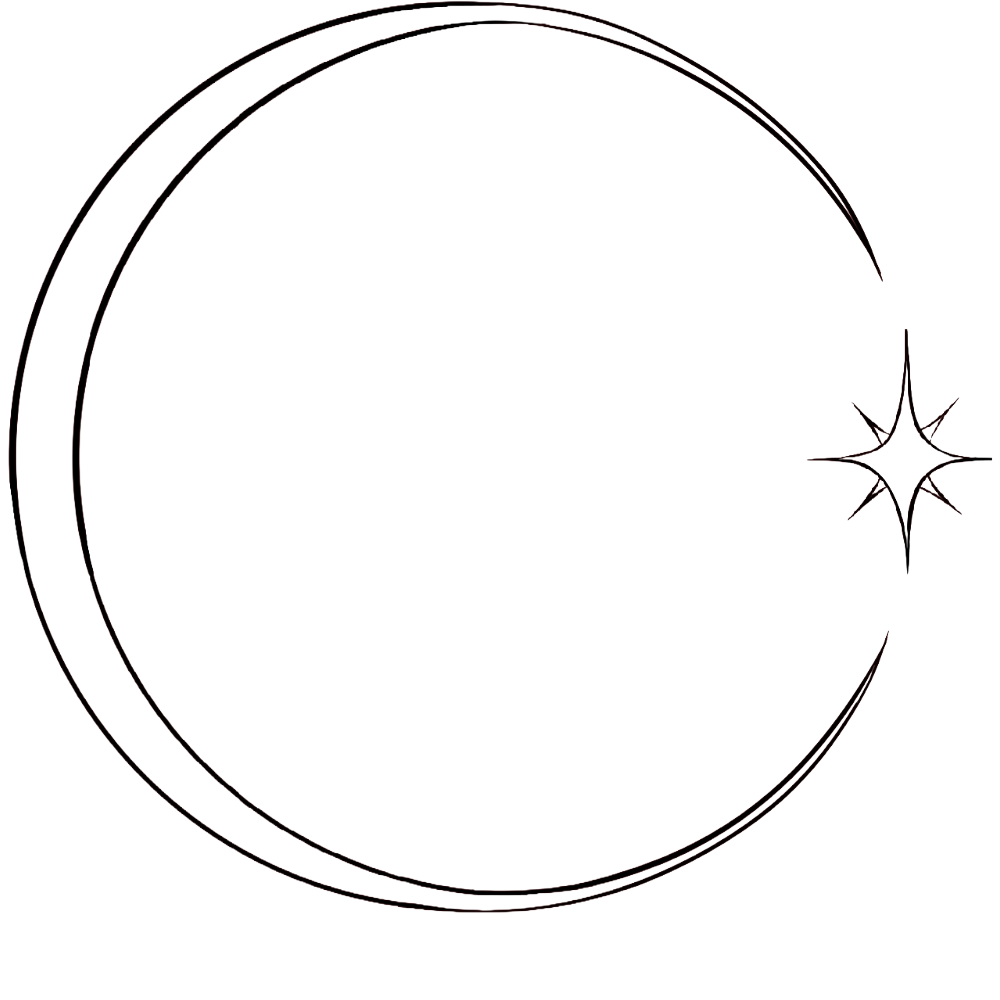The Meaning of Each Chakra and Which Bowl to Use
Introduction
The chakra system offers one of the most intuitive frameworks for understanding the mind-body-energy connection. Rooted in ancient yogic philosophy, chakras represent energy centers within the body that govern our emotional, physical, and spiritual well-being.
In modern sound healing, many practitioners use crystal singing bowls as tuning instruments to activate or balance these energy centers. But here’s an important note: while it's common in contemporary healing work to assign musical notes to each chakra (C to B), this is a New Age association rather than a traditional concept. It reflects a Western attempt to map the seven notes of the Western musical scale (A–G) onto the seven chakras.
There’s also an entirely separate system known as the Solfeggio frequencies, which are not based on the same note-to-chakra scale and instead use specific vibrational numbers (like 396 Hz, 528 Hz, etc.) said to correspond to healing and spiritual activation. These two systems—musical note mapping and solfeggio frequency work—are both used in sound healing but come from very different traditions.
With that understanding in place, here's a modern chakra-to-bowl guide based on current sound healing practices.
Root Chakra – Muladhara
Location: Base of the spine
Color: Red
Note (Western mapping): C
Themes: Grounding, stability, safety, physical vitality
Signs of imbalance: Anxiety, disconnection from the body, survival fear, adrenal fatigue
Suggested bowl:
C4 note in smoky quartz, obsidian, or tiger’s eye Empyrean alchemy. Bowls tuned to lower frequencies work well to establish grounding and support the nervous system.
Sacral Chakra – Svadhisthana
Location: Lower abdomen
Color: Orange
Note (Western mapping): D
Themes: Creativity, pleasure, emotional fluidity, sexuality
Signs of imbalance: Emotional numbness, creative block, guilt, reproductive imbalance
Suggested bowl:
D4 in carnelian, orange calcite, or sunstone. Excellent for encouraging emotional flow and reconnecting with embodied sensuality.
Solar Plexus – Manipura
Location: Upper abdomen
Color: Yellow
Note (Western mapping): E
Themes: Confidence, personal power, will, digestion
Signs of imbalance: Low self-esteem, control issues, digestive trouble, burnout
Suggested bowl:
E4 in citrine, pyrite, or yellow alchemy blends. These support clarity of purpose, energy restoration, and healthy boundaries.
Heart Chakra – Anahata
Location: Center of the chest
Color: Green (sometimes pink)
Note (Western mapping): F
Themes: Compassion, forgiveness, love, relational balance
Signs of imbalance: Grief, isolation, jealousy, heartache
Suggested bowl:
F4 bowls in rose quartz, green aventurine, or peridot. These tones tend to evoke emotion easily and are often the most heart-opening in session.
Throat Chakra – Vishuddha
Location: Throat
Color: Blue
Note (Western mapping): G
Themes: Expression, authenticity, communication
Signs of imbalance: Difficulty speaking truth, sore throat, thyroid imbalance, over-talking
Suggested bowl:
G4 bowls in aquamarine, sodalite, or blue kyanite. These bowls help open space for the voice—spoken or unspoken—and calm the vagus nerve.
Third Eye Chakra – Ajna
Location: Between the brows
Color: Indigo
Note (Western mapping): A
Themes: Intuition, vision, clarity, insight
Signs of imbalance: Overthinking, mental fog, denial of intuition
Suggested bowl:
A4 bowls in amethyst, fluorite, or lapis lazuli. This is a powerful note for sound baths designed for visionary states or energy clearing.
Crown Chakra – Sahasrara
Location: Top of the head
Color: Violet or white
Note (Western mapping): B
Themes: Spiritual connection, divine awareness, higher consciousness
Signs of imbalance: Disconnection, apathy, existential depression
Suggested bowl:
B4 bowls in clear quartz, danburite, or selenite. These help facilitate connection to the subtle and often quiet energy of source, especially at the end of a sound healing sequence.
Important Note: Solfeggio Frequencies vs Western Musical Notes
Many sound healers also work with the Solfeggio scale, a system of specific frequencies (396 Hz, 417 Hz, 528 Hz, 639 Hz, etc.) said to activate certain energetic patterns. These are not tied to the Western musical scale and don’t correspond directly to the C-to-B note mapping listed above.
Solfeggio is based on numerological sequences and ancient chants such as the Gregorian scale and is often used in sound therapy tracks rather than in quartz bowls, which are typically tuned chromatically. Both systems can be effective but are different in origin and intention.
How to Choose and Sequence Bowls in a Chakra Sound Bath
A typical practice involves starting from the root and moving upward, aligning and activating each energy center sequentially. For calming, grounding, or trauma-sensitive sessions, beginning at the crown and working downward may be more effective.
Each note or chakra center is played for 2–4 minutes, ideally with periods of silence in between. A well-sequenced bowl session becomes not just sound but a journey—one that the body and spirit intuitively recognize.
Final Thoughts
The chakra system isn't linear, and neither is healing. While tuning bowls to chakras can be a powerful and accessible way to work with energy, the true shift happens through presence, intention, and allowing the body to guide the experience. Whether you’re working with one bowl or seven, the point is not perfection- it’s attunement.
One tone. One breath. One moment of stillness is enough to begin.
